The year 2026 marks a major reset in global consumer behavior. After decades of fast fashion, mass production, and planned obsolescence, people are decisively shifting toward high-quality, long-lasting goods.
This new direction isn’t a seasonal trend; it’s a deep cultural and economic shift driven by global realities: environmental pressure, unstable supply chains, rising material costs, and a desire for meaningful, durable purchases. Among all categories, fine jewelry, especially gold and natural gemstones, has become the clearest symbol of this transformation.
The End of Excess: Why Disposable Goods Are Losing Their Appeal
For years, the global market was built on overproduction and low-cost, short-lived items. But in 2026, consumers are finally stepping away from that cycle.
1. Environmental awareness is at an all-time high.
People are increasingly conscious of textile waste, microplastics, and the hidden environmental cost of cheap items.
They prefer owning fewer things but better things.
2. Mindful consumption replaces impulsive buying.
The new motto is:
Buy once. Buy well. Buy something that lasts.
Consumers are deliberately choosing products designed for years, not months, of use.

Geopolitical Shifts and Supply Chain Instability
Another major driver is the global supply chain reset. Political tension, rising costs, and manufacturing risks have made buyers far more selective.
• Provenance matters.
People increasingly value items with clear, transparent origins, especially when it comes to fine jewelry.
• Quality craftsmanship is back in demand.
“Cheap and fast” is no longer trusted. Buyers want products made in stable regions known for skill, ethics, and consistency.
• Diversification is the new strategy.
Both brands and consumers are looking beyond single-source manufacturing. Quality and reliability outweigh low prices.
Fine Jewelry: The Ultimate Durable Asset
Gold jewelry and natural gemstones perfectly reflect this 2026 shift for three reasons:
1. They last a lifetime.
High-karat gold and genuine gemstones don’t wear out, don’t go out of style, and don’t lose their symbolic value. They age beautifully.
2. They retain or appreciate.
Unlike most consumer goods, fine jewelry often holds value, and top-grade colored gemstones (emeralds, sapphires, rubies) can even appreciate.
3. They are emotional + financial investments.
Fine jewelry carries meaning. It’s personal, symbolic, and often becomes part of a family legacy.
Conclusion: The Legacy Mindset of 2026
The movement toward high-quality, lasting goods is not about spending more; it is about spending wisely.
In 2026, value is measured not by the price tag, but by the lifetime cost per wear, sustainability, and emotional significance.
Investing in gold jewelry with precious stones isn’t just buying a beautiful piece; it is choosing craftsmanship, longevity, and a future heirloom that carries real value.
This is the new definition of modern luxury:
Fewer things, better things, forever things.
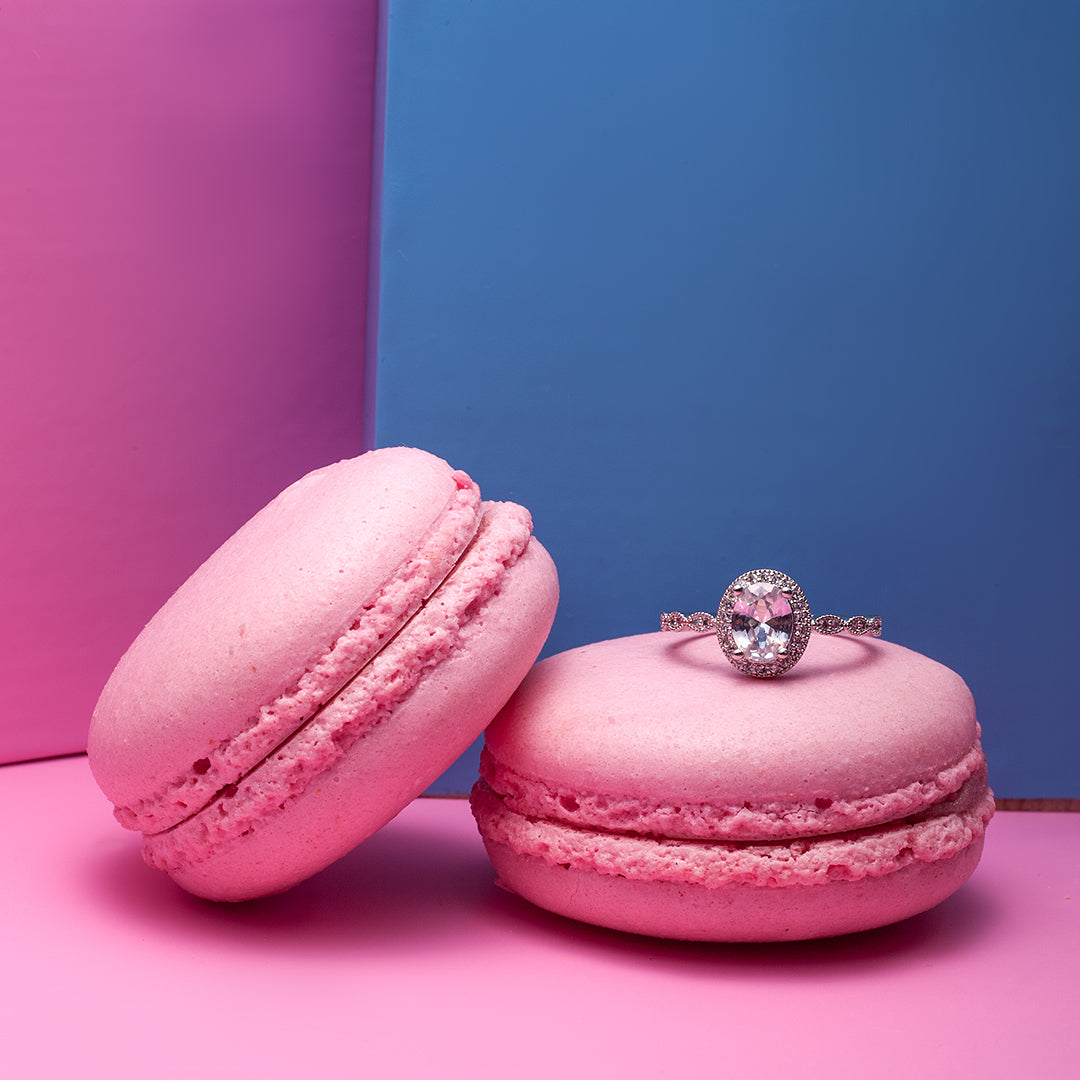
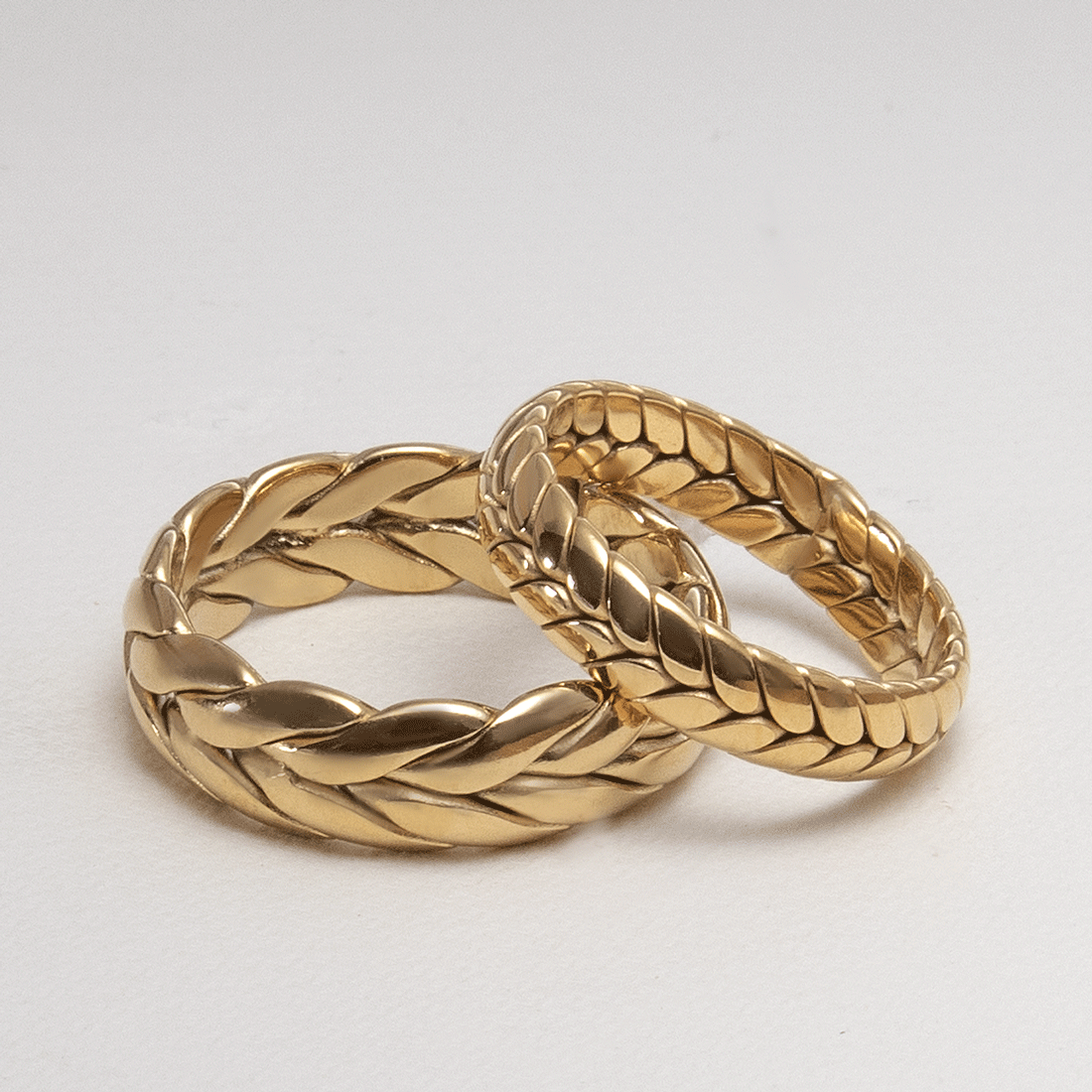
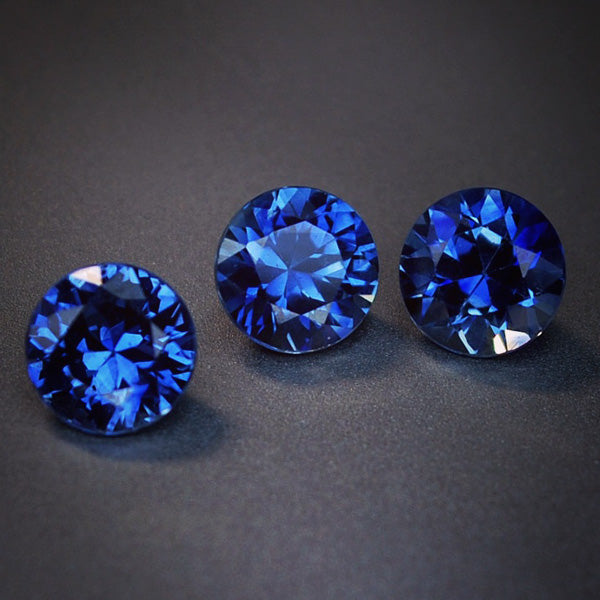
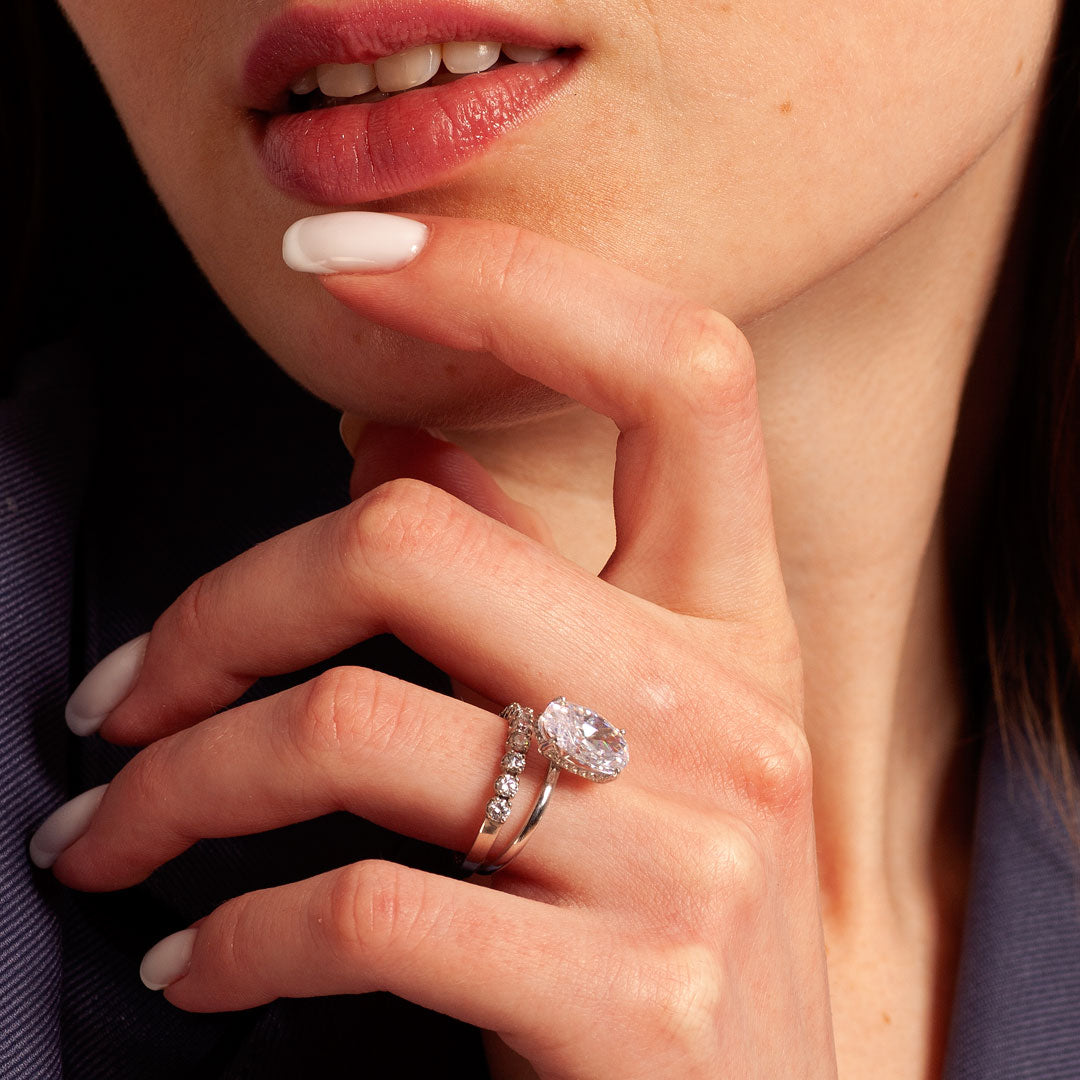

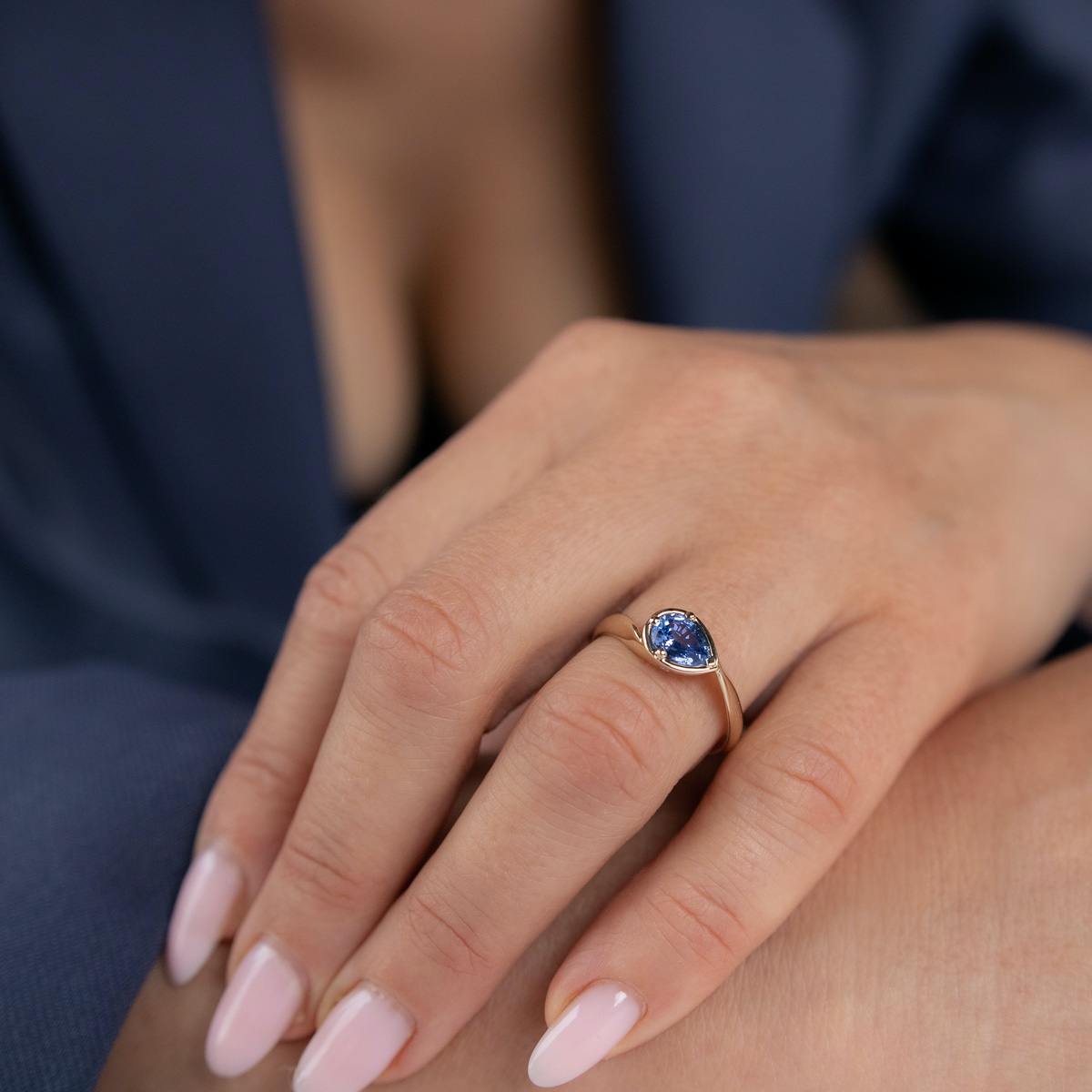
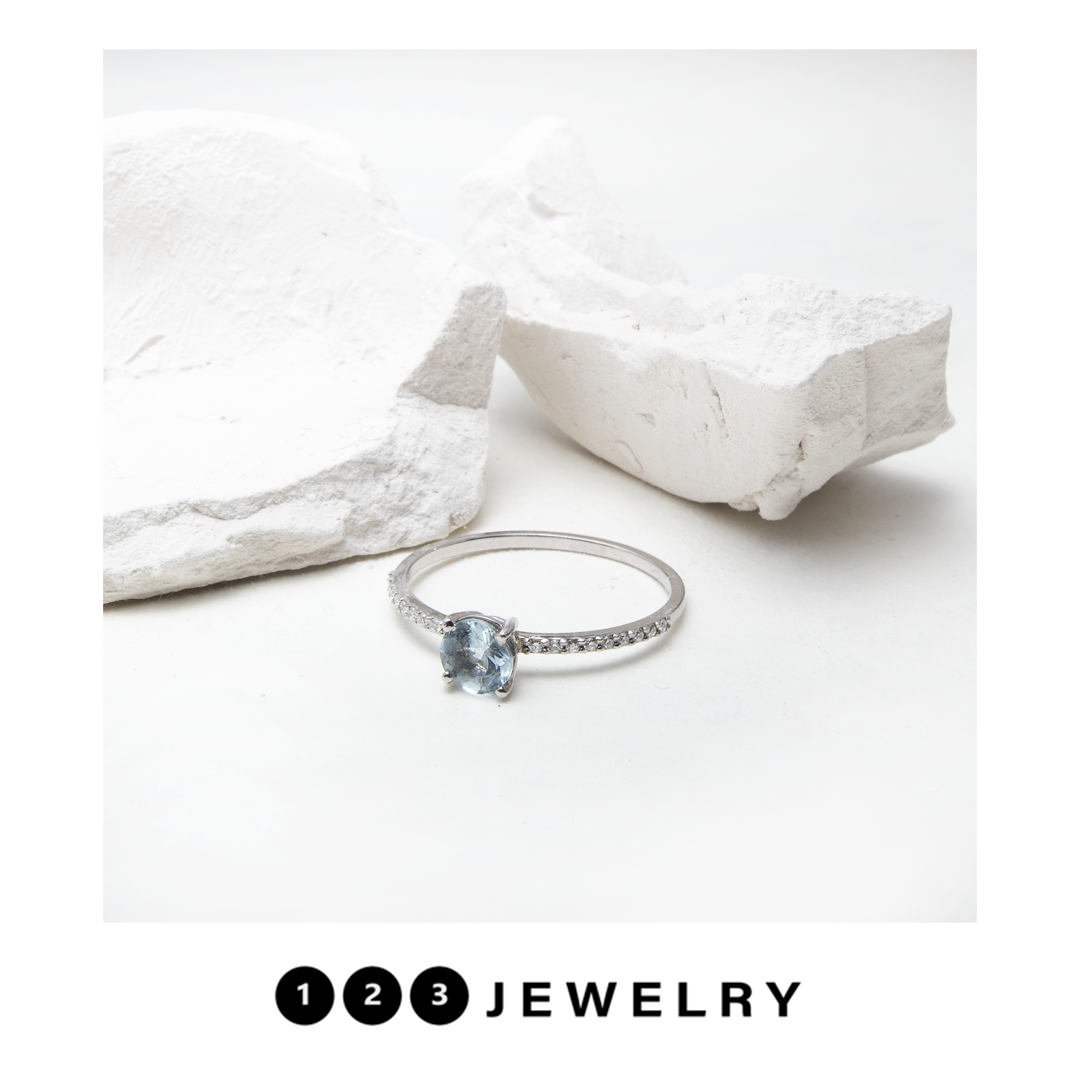


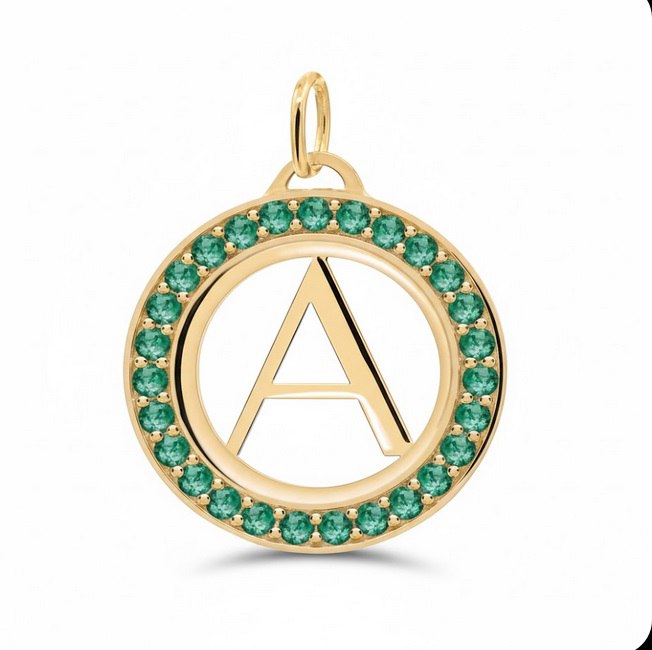

Leave a comment
This site is protected by hCaptcha and the hCaptcha Privacy Policy and Terms of Service apply.